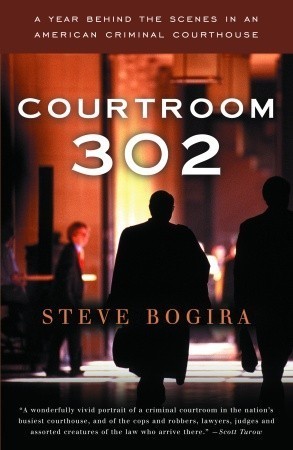More on this book
Kindle Notes & Highlights
by
Steve Bogira
Read between
April 1 - April 29, 2023
THE COURTHOUSE OPENED on April Fools’ Day, 1929. Chicago was battered with its worst spring storm in years that day, fierce winds and sleet damaging lakefront property and forcing the closing of the Outer Drive (now known as Lake Shore Drive).
The jail population rose from 6,500 when the night courts opened to 8,600 three years later, Fry observed—a result of the decision to prosecute the “virtually inexhaustible supply” of drug users.
You hear this stuff every day, and you’re like, ‘Let’s go, let’s go, let’s get this over with and go to the next thing.’ What actually am I supposed to do? Should my heart go out to every person we hear about getting hurt? My heart would be going out every single day—I wouldn’t have a heart left.”
This image of the shooting that Placek and Nolan are presenting to the jury may well be mostly a mirage, Placek will allow later. But that’s not unusual in a criminal trial, she’ll say, and it doesn’t trouble her at all. The truth is a nebulous thing, hard to determine under the best of circumstances: “How do I feel about the fact that the truth never comes out in court? The truth never comes out in life.”
Lawyers don’t try their cases according to their assessment of what really happened, Placek says, but on their estimation of what might work: “Both sides put on a case they think they can win.”


